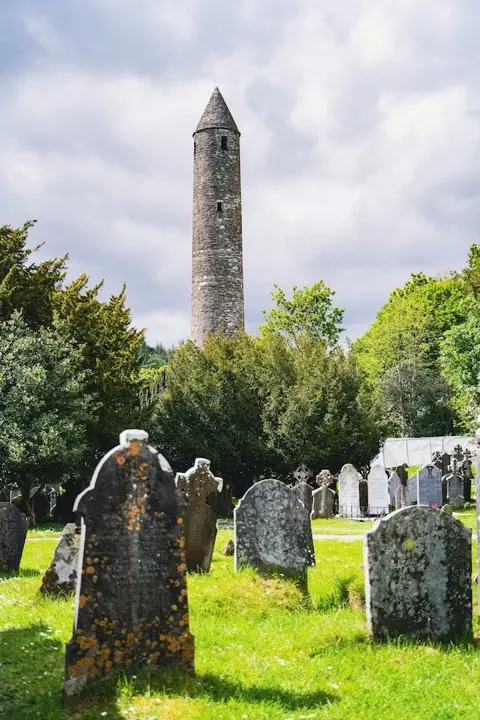On January 31, 1953 in Celtic History
The princess victoria, a british railways car ferry steamer, sinks in the irish sea

The Princess Victoria disaster is a tragic maritime incident that occurred on January 31, 1953. The Princess Victoria was one of the earliest roll-on/roll-off (ro-ro) ferries and was operated by British Railways. Here are some key details about the event:
The Route
The Princess Victoria was making her regular crossing from Stranraer, Scotland, to Larne, Northern Ireland. This route across the North Channel was a common passage for transportation between Scotland and Northern Ireland.
The Storm
The tragedy struck during one of the worst European windstorms of the 20th century. The ferry encountered extremely severe weather conditions, with gale-force winds and high waves. This storm was part of a larger weather event that affected much of the United Kingdom and Northern Europe, causing widespread damage and loss of life.
Capsizing and Sinking
The Princess Victoria’s stern doors were damaged by the heavy seas, allowing water to flood into the vehicle deck. This made the ship increasingly unstable. Despite efforts to control the flooding and reach safety, the ferry eventually capsized and sank.
Loss of Life
The disaster resulted in a significant loss of life. Of the 177 passengers and crew aboard, 133 people perished. The high casualty rate was partly due to the limited availability of lifeboats and lifejackets, and the severe weather conditions which made rescue operations extremely difficult.
Impact and Changes
The sinking of the Princess Victoria had a profound impact on maritime safety regulations, particularly concerning the design and operation of roll-on/roll-off ferries. The disaster highlighted the vulnerability of such ships to flooding, leading to stricter regulations on watertight doors, ferry design, and emergency preparedness.
Legacy
The Princess Victoria disaster remains one of the UK’s worst maritime tragedies of the 20th century. It is remembered in both Scotland and Northern Ireland, with memorials commemorating those who lost their lives.
The Princess Victoria disaster serves as a somber reminder of the power of nature and the importance of maritime safety. Its legacy influenced the improvement of safety standards in the ferry industry, seeking to prevent such tragedies in the future.
Related Content

Shane Patrick Lysaght MacGowan, lead singer of the Pogues, died

St Machar Day, patron saint of Aberdeen

Oíche Shamhna - Cetlic New Year Eve (Halloween)

ALBAN ELFED (Welsh Bardic name for autumn equinox)

Feast day of St. James

John Davie Burgess, King of the Highland Pipers, died at age 71.